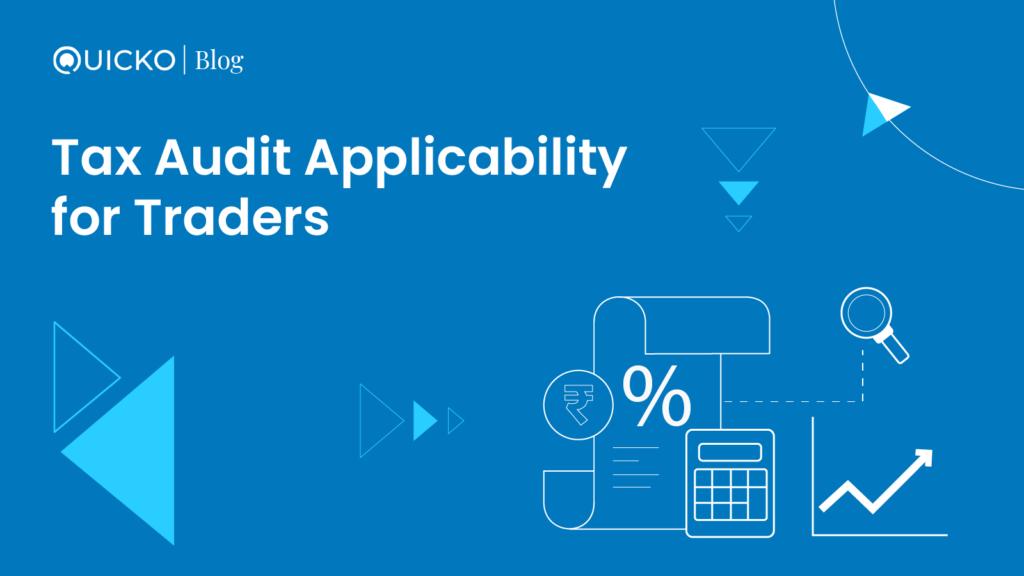Well, if there’s one thing that everyone was talking about the past couple of weeks, it was ITR filing. What to file, when to file, will the due dates be extended, the questions were endless. So let us shed some light on it.

Due Dates for filing ITR
As per Section 139 of the Income Tax Act, taxpayers are required to file their ITR after the end of the Financial Year
The following are the e-filing due dates for F.Y 2020-21 i.e. for the period 01-04-2020 to 31-03-2021
For Individuals to whom Tax audit is not applicable
The original due date was 31st July 2021. However, owing to the pandemic, it was extended to 30th September 2021 and finally to 31st December 2021.
For individuals to whom Tax Audit is applicable
Due Date for Tax Audit Report
The due date to submit Tax Audit Report was 30th September 2021. The same was extended twice, with the final due date being 15th January 2022
Due date for filing ITR
This again was extended twice and the current due date is 15th February 2022
When is Tax Audit applicable?
Tax Audit is a practice where a Chartered Accountant examines and reviews books of accounts of a taxpayer and reports the required information in the Tax Audit Report.
Tax Audit will be applicable in either of the cases:
- When turnover exceeds INR 10 crores.
- If Turnover is upto INR 2 crores, then audit will be applicable if all the following conditions are met:
i. Incurred loss or profit is less than 6% of turnover
ii. Total income is more than basic exemption limit
iii. Taxpayer has opted out of presumptive taxation scheme in any of the previous 5 financial years
The following table summarizes all the relevant due dates for ITR filing
| Compliance | Original due date | Extended due date | Final Extension |
| ITR filing (tax audit not applicable) | 31st July 2021 | 30th September 2021 | 31st December 2021 |
| Tax Audit Report | 30th September 2021 | 31st October 2021 | 15th January 2022 |
| ITR filing (tax audit is applicable | 31st October 2021 | 30th November 2021 | 15th February 2022 |
Why did the e-filing due date get extended?
As we already discussed, generally the due date to file ITR (for cases without tax audit) is 31st July. However, considering the pandemic and its challenges, the government had extended the due date to 30th September 2021.
In the meantime, the government had come out with a brand new e-filing portal in June 2021. It took some time for the portal to be fully functional and stable. Taking that into consideration the difficulties faced by the taxpayers on the new portal, the due date was further extended to 31st December 2021.
Many still expected that the due date to be further extended as some taxpayers continued to face hardships on the new portal. On 31st December 2021, the government announced that the e-filing portal was fully functional and the due date for ITR filing will not be further extended.
What to do if you missed the ITR filing due date?
In case you have missed filing your ITR within the applicable due date, you can file a belated ITR till 31st March 2022.
However, if you file a belated ITR following will be applicable:
- Penalty for late filing u/s 234F
- Interest for default in filing tax return u/s 234A incase of outstanding tax liability
- No option to carry forward losses under the head capital gains as well as business and profession
- No option of opting for the New Tax Regime u/s 115 BAC
Note that if you have filed your Original Return before the due date, you can file a Revised ITR till 31st March 2022 to
i. To rectify errors or mistakes made in the original ITR
ii. To disclose income or information not reported in the original Income Tax Return
When filing a revised return, losses can be claimed. However, interest for default in filing a tax return under section 234A of the Act will be levied.
So, there you go, we have addressed all the concerns related to ITR filing due dates. Are you yet to file your ITR? What are you waiting for? Go file it NOW!












